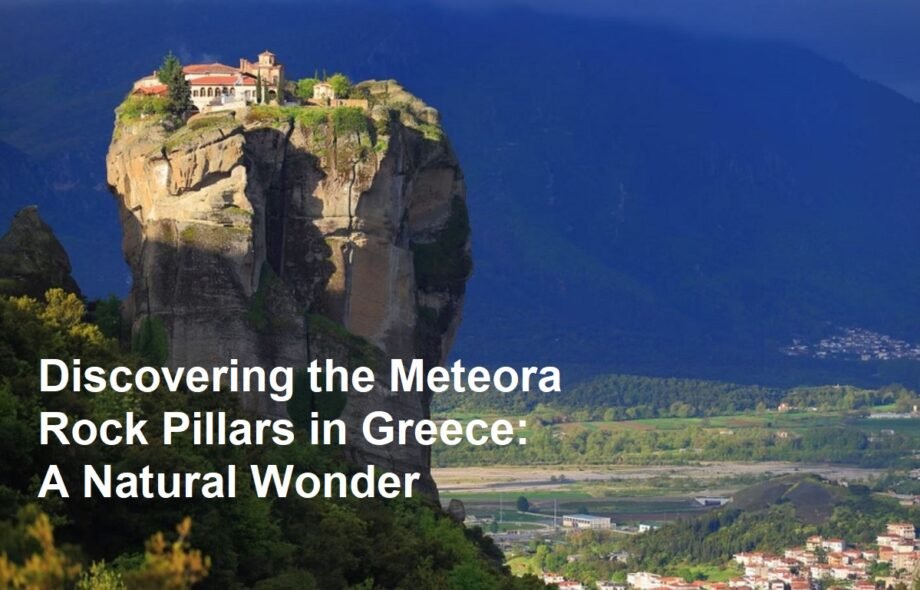Introduction to Meteora: Greece’s Stunning Natural Marvel
Nestled in the heart of Greece, the Meteora rock pillars stand as one of the most breathtaking natural wonders in the world. These towering sandstone formations rise dramatically from the Thessalian plain, creating a surreal landscape that has fascinated travelers, historians, and nature lovers alike. Meteora, which means “suspended in the air” in Greek, perfectly captures the awe-inspiring sight of these massive stone pillars seemingly floating above the ground.
What Makes Meteora Unique?
The Meteora rock pillars are not just geological formations; they are a symbol of natural beauty intertwined with rich cultural and spiritual history. Formed over millions of years through a combination of geological processes including weathering and erosion, these pillars reach heights of up to 400 meters (1,300 feet). Their unique shapes and sheer vertical cliffs have made them a natural fortress and a place of refuge throughout history.
Geological Formation
- Age:Approximately 60 million years old
- Composition:Mainly sandstone and conglomerate rock
- Formation Process:Result of river deposits and subsequent erosion by wind and water
This geological history contributes to the pillars’ rugged texture and striking appearance, making Meteora a fascinating subject for both geologists and tourists.
The Cultural and Spiritual Significance of Meteora
Meteora is not only a natural wonder but also a UNESCO World Heritage site, recognized for its cultural and historical importance. Since the 14th century, it has been home to Eastern Orthodox monasteries perched atop the rock pillars. These monasteries were built by monks seeking solitude and spiritual refuge, accessible only by climbing long ladders or being hoisted up in nets.
The Monasteries of Meteora
- Number:Originally 24 monasteries, 6 remain active today
- Purpose:Spiritual retreat and preservation of religious traditions
- Architecture:Blend of Byzantine and local styles, adapted to the challenging terrain
The monasteries are a testament to human ingenuity and devotion, blending harmoniously with the natural environment. They house priceless religious artifacts, manuscripts, and frescoes, attracting pilgrims and tourists worldwide.
Why Visit Meteora? The Experience and Attractions
Visiting Meteora offers a unique blend of natural beauty, adventure, and cultural exploration. Here are some highlights:
Hiking and Rock Climbing
Meteora is a paradise for outdoor enthusiasts. Numerous trails wind through the valleys and up the rock pillars, offering spectacular views and close encounters with nature. Rock climbing is also popular, with routes suitable for both beginners and experienced climbers.
Photography and Sightseeing
The dramatic landscape provides endless opportunities for photography. Sunrise and sunset are particularly magical times to capture the golden hues illuminating the rocks and monasteries.
Spiritual and Historical Tours
Guided tours offer insights into the history, architecture, and religious significance of the monasteries. Visitors can learn about the monks’ way of life and the challenges of building and maintaining these remote sanctuaries.
Conclusion
The Meteora rock pillars in Greece are more than just a scenic destination; they are a profound example of nature’s artistry combined with human spirituality and history. Whether you are a traveler seeking adventure, a history buff, or someone looking for spiritual inspiration, Meteora offers an unforgettable experience. Its towering pillars and ancient monasteries invite you to explore a world where nature and culture coexist in perfect harmony.









